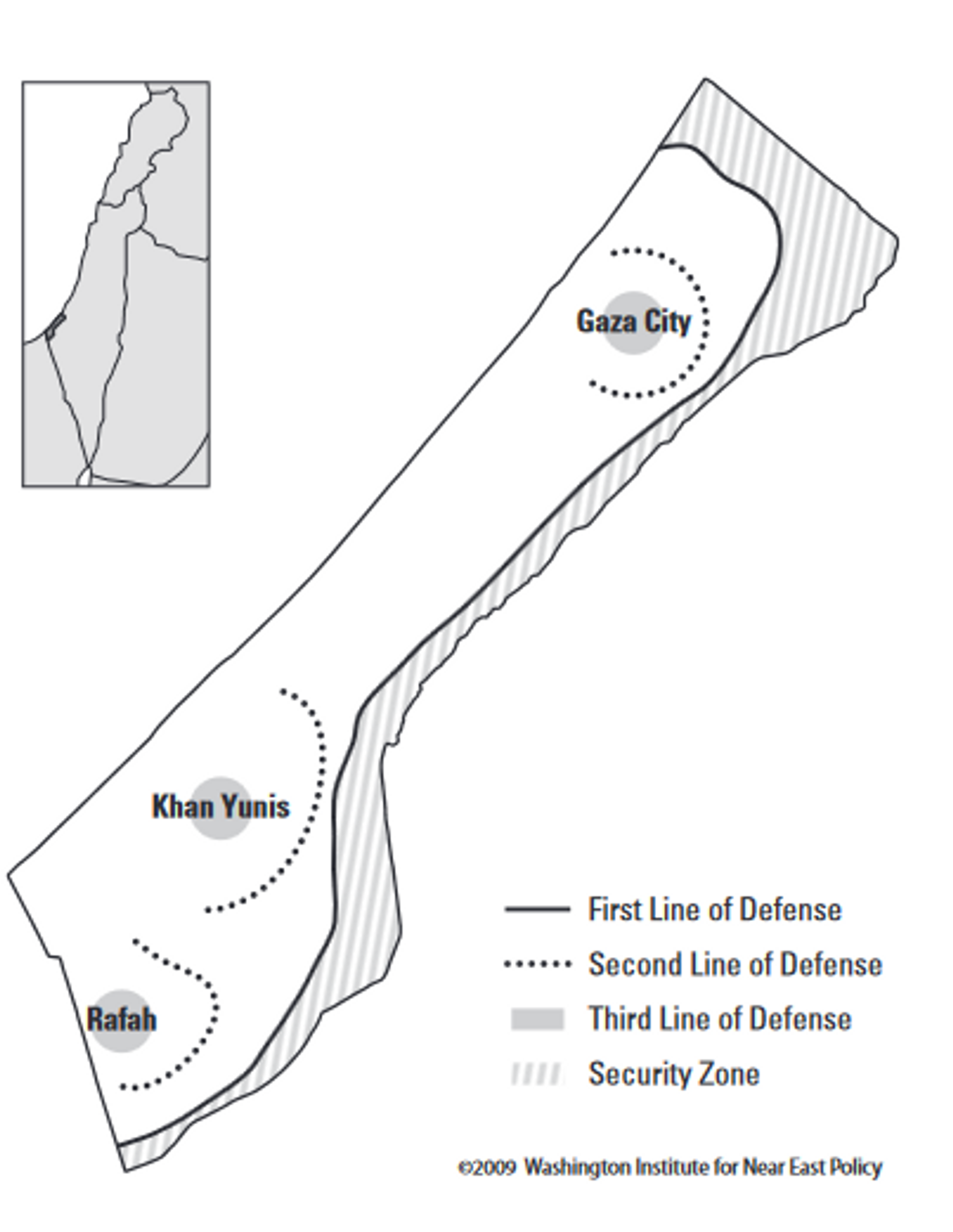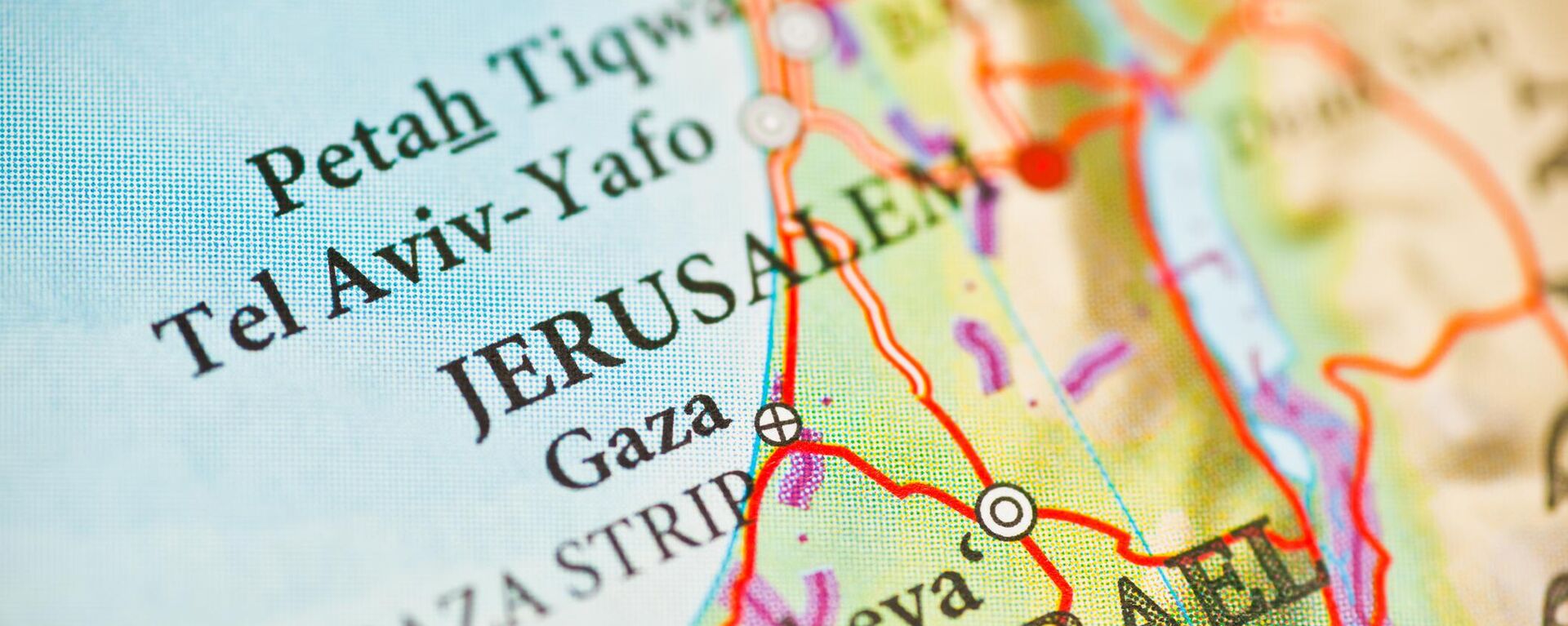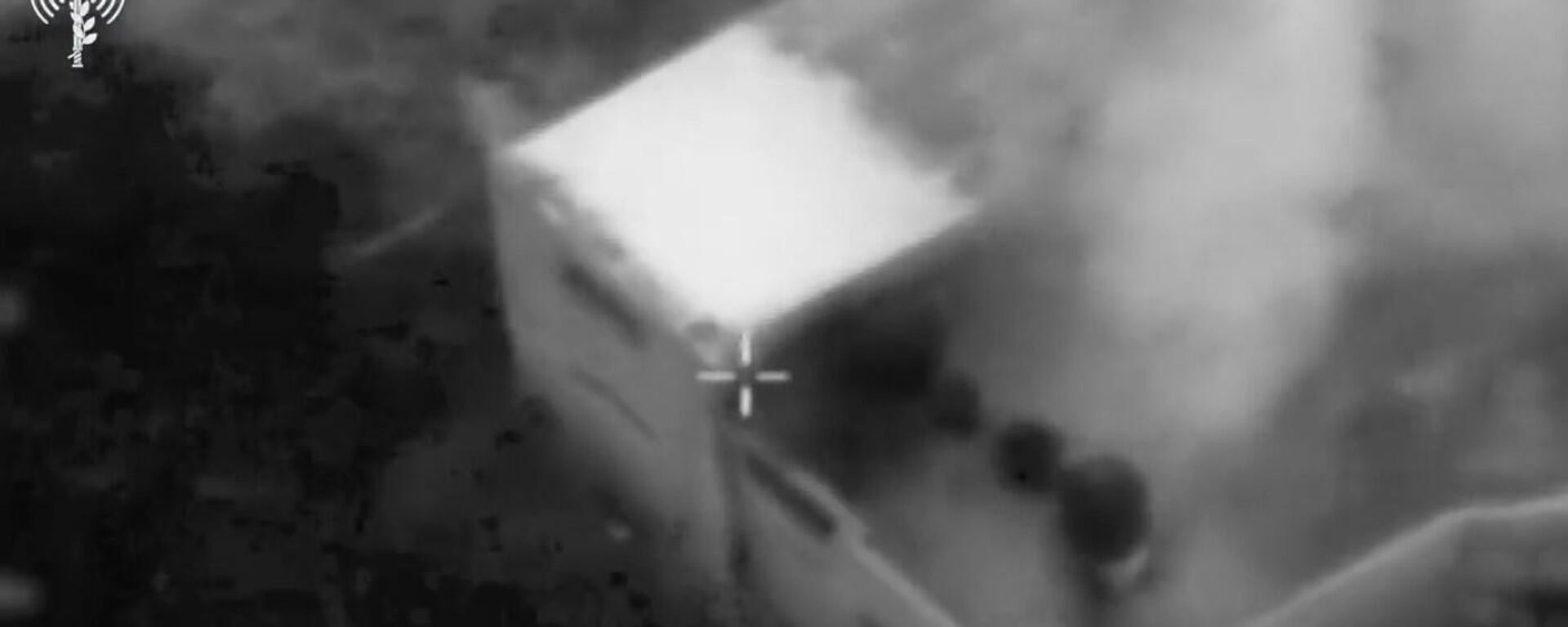How Many Soldiers Are in Hamas?
16:54 GMT 12.10.2023 (Updated: 09:22 GMT 05.12.2023)

© AP Photo / Khalil Hamra
Subscribe
The ongoing Palestinian-Israeli conflict has revealed some disturbing developments since last weekend. Saturday’s unexpected onslaught launched by Hamas begs the question: how many combat forces does the group have?
It’s worth noting that defense-related information is not officially publicized by Hamas, so any relevant data can only be obtained through various external sources.
Hamas, a Palestinian political party and militant organization, was founded in 1987 amid the First Intifada, a Palestinian revolt against Israeli settlement on lands occupied after the Six-Day War. Hamas, based mostly in the Gaza Strip, emerged as a contender to another Palestinian political party, the predominantly secular Fatah movement. Fatah holds sway over the Palestine Liberation Organization (PLO), with a primary focus on the Palestinian-Israeli conflict.
At the core of Hamas' power lies its military wing, known as the Izz ad-Din al-Qassam Brigades. This military wing is one of the main instruments of Hamas in achieving its declared goal, namely the creation of an Islamic Arab state throughout Israel.
Hamas has consistently been involved in various confrontations, including armed, challenging both Israeli forces and Palestinian political institutions. This trajectory took a significant turn in 2006, when it clinched a majority in the Palestinian Legislative Council through electoral triumph.
In 2007, Hamas took over the Gaza Strip, ousting Fatah supporters from the enclave. The event marked a watershed moment, solidifying the movement's de facto rule, which endures to this day.
Hamas' military and political strength play a pivotal and evolving role in the Palestinian-Israeli conflict, significantly impacting relations between Israelis and Palestinians, as well as global efforts to reach a resolution.
Strength and Composition of Hamas' Military Forces
The potency of Hamas' combat forces rests on its artillery units, comprising rockets and mortars, which spearhead the movement's offensive capabilities.
Second is the ground forces, comprising regulars and reservists, accompanied by combat brigades and supplementary elements, which constitute the bedrock of Gaza's defensive capabilities. Their primary mandate is to protect the territory of Gaza, and especially shielding Hamas leaders. These forces operate as an unyielding shield, providing essential cover for the rocket forces to carry out their tactical operations.
The artillery units and ground forces form the the Izz ad-Din al-Qassam Brigades. This armed wing also has a distinct marine commando division, complemented by an elite unit well prepared for subterranean incursions into Israeli territory.
Hamas' precise troop force is unspecified, but various estimations have put the numerical strength of its service members at around 30,000 militants, if non-core members are summoned in an emergency.
The al-Qassam Brigades are organized into six groups. Each group has many smaller groups, and each smaller group has even tinier parts. Three of these groups stay in the northern part of the Gaza Strip. One is in the north of Gaza City, one is to the east of Gaza City, and one is in the south of Gaza City. There is one group in the middle of Gaza, and two are in the south, superintending Khan Yunis and Rafah. The Hamas combat forces are reportedly also dispersed in the West Bank and neighboring countries.

Deployment of al-Qassam Brigades in Gaza Strip
© Photo : The Washington Institute for Near East Policy
These brigades encompass a wide range of combat forces, including anti-aircraft weaponry, snipers, artillery, engineers, anti-tank capabilities, and infantry.
Additionally, the Qassam Brigades incorporate specialized staff units for communications, intelligence, smuggling, weapons production, logistics, and public affairs functions.
This diverse composition allows Hamas to adapt to evolving political scenarios and address diverse threats.

Hamas Defense Lines
© Photo : The Washington Institute for Near East Policy
Hamas Combat Strategy
With insight from Michael Stevens, an associate fellow at the Royal United Services Institute, it becomes clear that Hamas gravitates towards a guerrilla combat strategy.
"Hamas favors the use of roadside bombs, snipers, and small handheld UAVs [unmanned aerial vehicles] to fight in a guerrilla-style that uses the urban landscape to provide its fighters with maximum cover while increasing the cost for the Israelis," Stevens remarked.
Weapons Systems Hamas Use
The Izz ad-Din al-Qassam Brigades boast an extensive arsenal that encompasses an assortment of conventional arms, expertly fashioned improvised explosive devices (IEDs), critical rocket components, and a covert network of tunnels and bunkers in Gaza. This comprehensive cache gives them a strategic edge in confrontations with the Israel Defense Forces (IDF).
A recent report from the Washington Institute for Near East Policy has shed light on the Hamas artillery program, identifying four critical components that shape its operational capacity:
Qassam Rocket Production: At the core of their arsenal lies the production of Qassam rockets, engineered to reach distances of up to 10 kilometers.
Advancements in Rocket Technology: This encompasses the integration of larger, more potent warheads and enhanced propulsion systems, extending both range and longevity.
Strategic Deployment of Long-Range Rockets: This involves the importation of long-range rockets into Gaza, where they are assembled for deployment.
Long-Range Mortar Manufacturing: With an eye on IDF targets, Hamas is focused on the production of long-range mortars, demonstrating a clear intent to expand their operational sphere.
Main Weapons in Hamas' Arsenal
Category | Constituent |
Mortars | 81 mm, 120 mm |
Short-range rockets | 90 mm Qassam 107 mm Qassam 115 mm Qassam 122 mm Grad Quds 101 |
Short-to-medium range rockets | Grad/WS-1E/Sejil 55 |
Long-range rockets | M-75 (75 km), Fajr/J-80 (100 km), R-160 (120 km), M-302 (200 km) |
Antitank weapons | RPG-7 types, SAGGER AT-3, ATGM (anti-tank guided missile) |
Mines | Anti-personnel, anti-tank |
IEDS (improvised explosive devices) | Various types |
IEDS with EFPS (explosively formed projectiles) | Shawaz |
Light infantry weapons | Assault rifles, light machine guns, sniper rifles |
Other weapons include an unspecified number of unmanned aeriel vehicles and drones, and several hundred Kornet anti-tank guided missiles.
Sources: The Washington Institute for Near East Policy, Public Information






